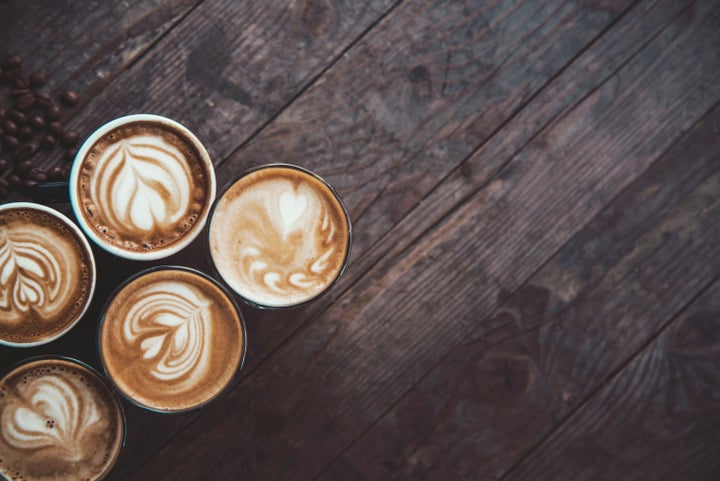Attention, caffeine chuggers, espresso enthusiasts and flat white junkies. We may have moved away from coffee made from granules and into the age of single origin beans but there’s still plenty we need to learn about the world’s biggest addiction.
From aromas to temperatures, it’s time to get clued up. That’s why we’ve asked coffee expert Will Corby, of delivery service Pact, for his cheat sheet.
Here are all the things you’ve probably been believing about your life-saving mugs – but really shouldn’t.

Myth 1: You should use freshly boiled water on your coffee
The reality: Step away from the kettle. It’s too hot and is going to scald your grounds, drawing out a bitter taste. Instead: “Boil your kettle and leave it to cool for a minute. You are aiming for around 95 degrees so the extraction works well,” as Will advises.
Myth 2: The darker the bean, the stronger the coffee
The reality: “The strength of a coffee is mostly dependent on the ratio of coffee to water that you use and how long it is in contact for,” says Will.
“It’s really not to do with colour. Some people think that a darker roast equals ‘stronger’ coffee which is not really the right way to think about it. Some brew methods produce stronger coffee than others, and, if you are talking caffeine levels, then you might be surprised that cafetière coffee has higher levels than an espresso.”
Myth 3: You should store your coffee beans in the fridge
The reality: “The frequent change in temperature of your fridge can result in the build-up of condensation. While you can’t usually see condensation forming on coffee, if it’s there, it’ll be acting like a miniature, over-keen cafetière – sucking all the flavour out of the coffee before you’re ready to drink it,” warns Will.
“You should store your coffee in a re-sealable pouch or air-tight canister, away from light and any moisture.”

Myth 4: The best coffee comes from Colombia
The reality: Not to knock the produce coming out of classic coffee growing countries, but there are some lesser-known places doing great things, too.
“Right now, I’m excited by coffees from Rwanda,” Will says. “The country has fantastic conditions in which to grow coffee, but obviously has had its fair share of problems in the past. It’s great to see that enough time has now passed since the troubles that they have a new generation with the right skills, and quality levels going up.”
Myth 5: A decent espresso needs robusta beans in the blend
The reality: Although it’s said that to get ‘crema’, (the foam on top of an espresso) to work you need to incorporate lower-quality Robusta in with higher-quality Arabica beans, that’s not the case. “Just avoid it,” advises Will. “There is no reason to cut good-quality Arabica with poor-quality Robusta and those who do are often cost-cutting as it’s cheaper.”
Myth 6: The flat white is a new invention
The reality: Well, not really. “They were created in Australia and New Zealand, to try and re-create the original intensity of a cappuccino,” Will says.
“In Italy, the cappuccino is served in a very small, five-ounce cup, with a shot of espresso, a little milk and a little foam. In coffee shops outside of Italy, the ratios of coffee to milk and foam got very far removed from this, until cappuccinos were very milky, very frothy, and served in a standard small coffee cup. Because no shops had five-ounce cups, baristas created a drink with a more intense espresso, to get the ratios back.”
Myth 7: Coffee connoisseurs have started trying butter in their coffee
The reality: Bulletproof coffee has had a whole lot of attention – primarily because sticking a whack of butter in your cup seems slightly odd. But it’s very much a lifestyle choice (designed to keep you full until lunchtime, and provide an evenly spread caffeine buzz) rather than one for coffee purists.
“I see Bulletproof coffee mostly as a fad, one that is relevant only to a limited fitness-focused audience, and not one that should be mixed up with speciality coffee as you can’t really taste the flavours properly if you start putting butter and all the stuff in,” Will says.